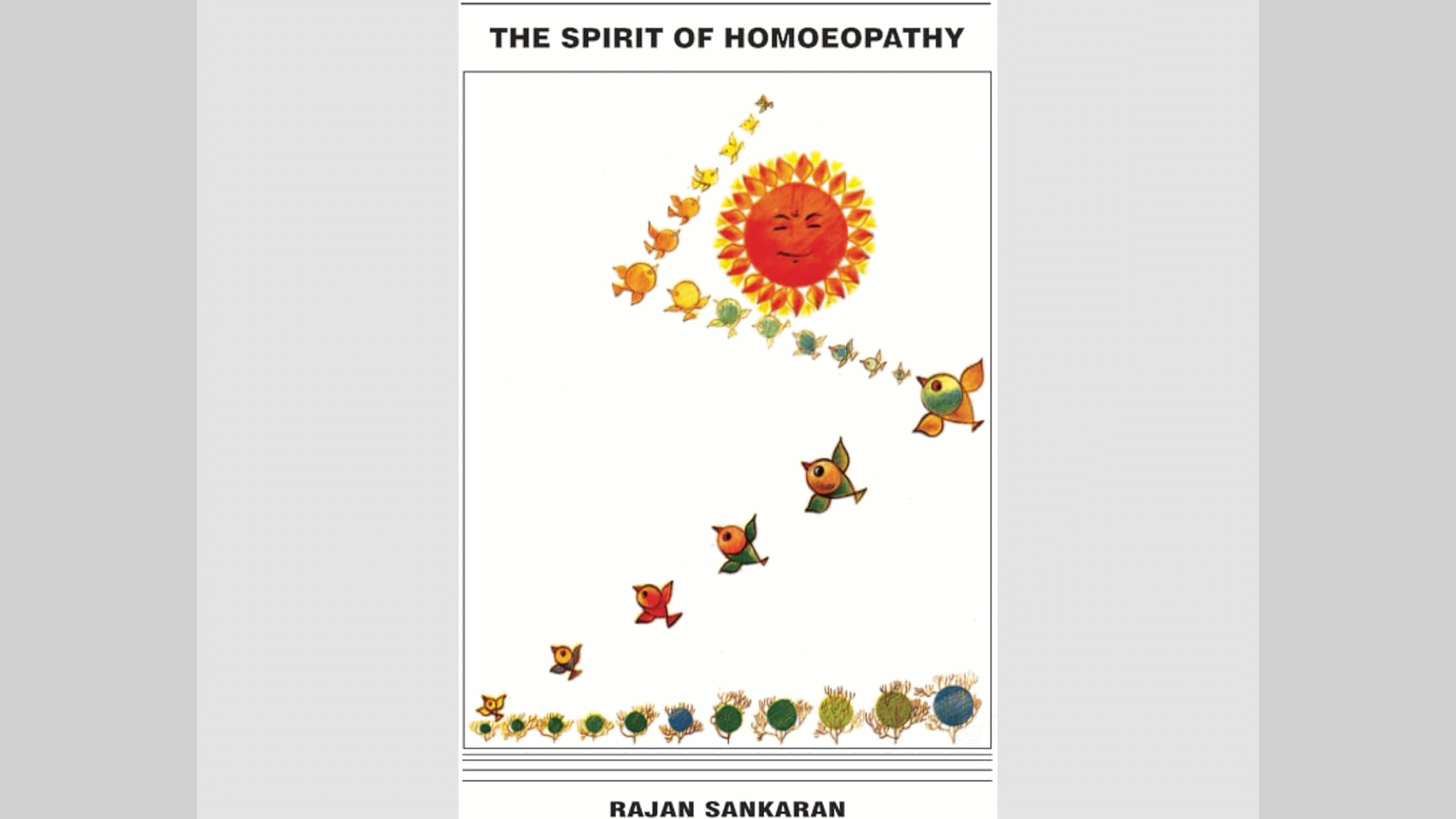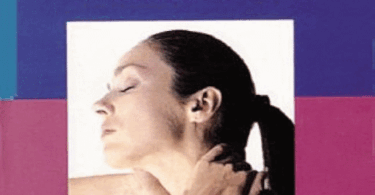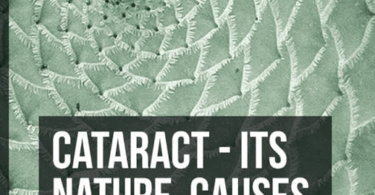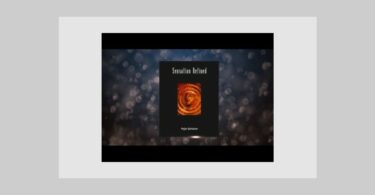Title: The Spirit of Homeopathy
Author: Dr. Rajan Sankaran, MD
Publisher: Homeopathic Medical Publishers, Mumbai, India.
Year: First Edition, 1991
Pages: 367, hardcover

It is only once in a great while that an utterly irresistible question presents itself for which the only sensible answer is in an affirmative. A few months ago, Alan Schumkler, the editor-in-chief of HPATHY asked me such an irresistible question, “Would you like to review all of Dr. Sankaran’s books?’ Out of a bit of disbelief, I asked, “ALL?” He said yes. Now, you guessed my answer.
Soon enough, while the Delta variant was raging across the Indian subcontinent, I was losing three members of my extended family back in India to this spikey monster, and I was spending an unplanned year-and-half in Costa Rica, two humungous boxes arrived in my Vermont office, and they contained a full set of Dr. Sankaran’s books.
Each individual book by Dr Sankaran is a treat, The set of complete works by him is a CHERISHED TREASURE that I will include as an heirloom in my personal wealth (measured in terms of books of enduring value).
The idea of reviewing the complete work of Dr. Sankaran is attractive to me for two reasons:
- Though I have read his books as and when they were published, it is now that I will start reading from book 1 and crawl my way to book 23, savoring each book, as I read or re-read.
- Reviewing an author’s complete work is a unique opportunity for understanding the evolution of the author as an authority on the subject he / she is choosing to write about.
Starting from this issue of HPATHY, you will receive one review of Dr. Sankaran’s book in each issue. Here you go, let us see, what is “The Spirit of Homeopathy” all about! You might have this book already, or you might be thinking about getting a copy for yourself. Either way, look at this book again with fresh eyes and see what gems you find.
In a foreword to this very first edition, published in 1991, Dr. Sankaran writes, “…the aim of the teacher is only to stimulate the teacher within each of us. If this book stimulates you to observe and think, it would have more than fulfilled its purpose.”
At this point of writing this book, Dr. Sankaran had just completed a decade of practice and it is easy to imagine that by now he would have spent countless hours puzzling over the art and science of homeopathy.
To bring all readers (homeopaths as well as non-homeopaths) into one starting point, Dr. Sankaran uses part I of this book to offer a quick introduction about homeopathy and its basic principles, and clarifies that homeopathy is a tool that empowers us to connect with the healer residing within each one of us and it also enables us to treat each person as a whole, complete individual whose body, mind and spirit work together in unison, instead of each working alone and fighting with the other for dominance.
Quite likely, Hahnemann had tuned into the ancient healing modalities for creating the foundational philosophy of homeopathy, ‘like cures like’ and for considering mind and body as a psycho-somatic unity driven by the vital force.
As a preliminary hint of what would eventually become a common concept for homeopaths across the world, Dr. Sankaran coins the concepts of kingdoms as he describes the grouping of homeopathic remedies and their source: animal kingdom, plant kingdom, mineral kingdom, disease products nosodes, healthy tissues / secretions sarcodes, and imponderables.
In reading about a recounting of his years at the homeopathy medical school and the early years of his practice, we can see that he was facing a conundrum that we all face at one point or the other: too many styles, routes, techniques and tricks for using the basic tools of our trade – materia medica and the repertories.
Such a quirky landscape creates much chaos and confusion in our own practice about what we should or should not do. We can encounter astonishing successes and heart-breaking failures as we go about using our repertories in a mechanical manner, just as dr. Sankaran had in his early years.
Back in those days, his successful prescriptions were based on choosing remedies that covered mental and general symptoms as well as presenting complaints and his failures occurred when he chose remedies simply based on particular symptoms and pathology.
Based on his thinking about the action of remedies, he came to the conclusion, “Potentized remedies have dynamic effect only” and the concept of dynamic disturbance took root in his practice. Interestingly, on further thinking, Dr. Sankaran also came to the conclusion that the mental state of a person is different from the listing of his mental symptoms in the language of the repertory.
After trying to understand the mental state of the patients and remedy picture in terms of core or essence, and finding for himself that the core does not cover the whole remedy, he began studying each remedy in terms of components. Take for example, the rubric “Mind, death, predicts time of” has a remedy Aconitum.
This rubric has two components, (a) fear of death, and (b) clairvoyance. These two components together make the symptom, “Mind, death, predicts the time of.” This revelation led to the next question:
‘Are these components merely unconnected phenomena, or is there something in the background which connects them?’ Fluoricum acidum and the rubric “Mind: Delusion, marriage , must dissolve” taught Dr. Sankaran that a situational background connects all seemingly unconnected components of a remedy, a symptom, a rubric.
He postulated that all components of a state are needed in a particular situation. A remedy represents a particular situation (situational materia medica), the patient’s state originates from a particular situation in the past in which the components of his present state were necessary, and therefore, disease is a survival mechanism in a particular situation.
The root of this survival mechanism or disease, need not necessarily be of recent origin (this life time), and can be inherited from the earlier generations. He defined roots as tendencies which, when excited, manifest as specific states of disease.
These tendencies are impressions from the specific situations in the past, or from previous generations, and make a person feel or react as if he were in that situation (delusion). Delusion and disease are thus false perceptions of the reality of the present moment and interfere with man’s freedom to be in the moment and fulfill the purpose of life.
Hahnemann’s proclamation, as expressed in Aphorism 9 of the Organon, made sense to the young practitioner, “….man, like all creatures, is an instrument of the spirit and is assigned a specific purpose by it.” Disease comes in the way of the organism’s ability to fulfill his purpose by making him react according to the situation from the past.
When disease is removed, or man is cured of his false perception of reality, by taking a homeopathic remedy chosen on the basis of the principle, ‘like cures like’ he becomes free of disease and becomes free to fulfill the higher purpose of his life.
Further along in the part I, you will encounter these gems:
- Disease: A posture adopted by the organism in order to survive a perceived situation
- A posture that is out of proportion and unsuitable to the present situation that needs to be treated
- A posture is an adjustment to a particular situation
- Unsuitable postures originate from a root
- Roots can be transmitted across generations
- Development of a disease state depends on which root is excitable and the exciting factors
- In a person, several states can co-exist and in a particular time, one state is predominant
- Some diseases are without root, and occur due to a very strong and intense exciting factor, epidemics for example
- Disease consists of a generalized disturbance of the whole organism and localized problem. General disturbance includes physical, general and psychological changes that precede localization of a problem
- Most situations are viewed from our basic delusion and this is the disease, a remnant of the past situations that have left an impression (root) in us
- Our compulsions (conditions for feeling OK) and obsessions (fixed feelings) are our basic delusions and they restrict our ability to react appropriately to a situation. This restriction is a measure of our disease. Not OK feelings and conditions of feeling OK are the most prominent effects of the disease
- In contrast, health has unconditional ok-ness. Health allows man to be in the moment and react appropriately and proportionately to the present situation he faces and his organism is able to function freely as an instrument of his spirit. This instrument functions without a block, and just like a musical instrument without a block, it can make all melodies without any mistune.
- Disease, a delusion, hooks on to ego, which is also a delusion but at a spiritual level. Ego can be transcended by awareness. If you cure disease, you come to health, in health, there is ego. Ego is a delusion, the body is a delusion, the sense of identity is a delusion — transcend these and you will reach the highest level of spirituality.
- Body and mind are not separate but form a part of the underlying unity which is pure consciousness. It is at this level that cure takes place by the Law of Similars.
- Disease is a disturbance in the vital force and expresses its influence on the psycho-neuro-endocrinal and immunological systems of the body. These together are known as central disturbance and in every case, we have to focus on the central disturbance.
Using various aphorisms from Hahnemann’s Organon, and the works of other masters like Kent, Boger and Boeninghausen, and juxtaposing these with ultra-mini-cases from his practice, Dr. Sankaran walks us through the basic philosophy of homeopathy and what it means in our day to day practice and gives us a fresh angle for looking at diseases and remedies, “If the central disturbance matches the central action of the remedy, then any remedy from our materia medica can be used for any condition.”
Part II of the book is about the intricacies, techniques and essence of case taking, what to perceive in a case, and how to carve out the picture of the patient. Again, super-mini cases emerge like luminescent little fireflies that clarify exactly what Dr Sankaran is trying to teach us, for example, “A six years-old child was looking down from a window and threw a pebble on another child on the floor below. This typified him, to throw, to strike, to destroy and the cunning nature, all fit in with Tarentula.”
Dr Sankaran concludes the book with situational materia medica of a handful of remedies. These again are succinct and very different from the “essence” style of describing the remedies. It is a very logical way of looking into the situation components that fit together and elicit an image of the remedy that we can readily retain in our mind.
To study Dr Rajan Sankaran’s work of a lifetime calls us out to devote a significant portion of our time to understanding what he has been teaching for the past forty years. For staying grounded in the fundamentals of homeopathy and seeing how it all holds true in the present day context, our most contemporary route is studying Dr Sankaran’s work from A, all the way through Z. There are no shortcuts in this journey.
You have just read my review of Dr. Sankaran’s very first book, “The Spirit 0f homeopathy”, and as you begin to sink your teeth into this engaging book, you will begin looking forward to reading about more of his work. Stay tuned. I will see you soon with my next review of book 2 in the upcoming issue of Homeopathy for Everyone.
Until then, happy reading.
These are the other books by Dr. Sankaran I’ll be reviewing:






